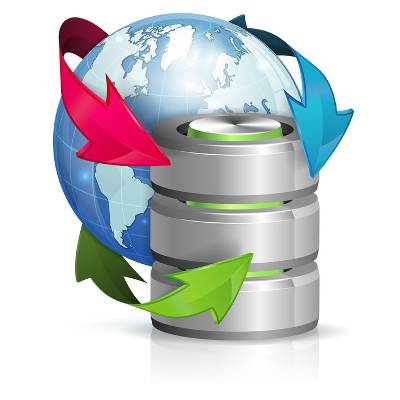Directive Blogs
Losing Data? Stop Cloning
 What would you say if we told you that disc error rates have been found to be ten times worse than what the vendor's drive specifications state? They're not lying, they are just predicting their own drive's failure rate. In order to be accurate, you must account for failure rates associated with the disk controller, the cables, the PCI bus, the memory, and the processor as well.
What would you say if we told you that disc error rates have been found to be ten times worse than what the vendor's drive specifications state? They're not lying, they are just predicting their own drive's failure rate. In order to be accurate, you must account for failure rates associated with the disk controller, the cables, the PCI bus, the memory, and the processor as well.
Taking these high amounts of failure rates into consideration, how often do you backup your data? When you do, how much data do you backup at one time? The more data you backup at one time increases the amount of data you can lose. If your current backup solution involves simply "cloning" your entire server on a timed basis than its inevitable you will lose valuable data more often.
Cloning your data has a lot of consequences. You lose a lot of time because of how long it takes to move all that data, and let's hope that someone doesn't move an un-transferred file to a transferred folder during the backup. You'll never see it again if they do. You could, of course, temporarily disable write access during the backup and hinder your employee's ability to work, but we have a better solution.
Using a quality Backup and Disaster Recovery (BDR) solution from Directive will eliminate the unnecessary downtime and data loss incurred with data "cloning". We implement our backups in snapshots and version it. Instead of copying all of your data at once, we backup the parts that have changed since the last backup and create a new "version" of your dataset.
How does this help you? By creating versions of your data, you're able to backup to earlier points of datasets for as long as you have been backing up. Let's say you do a backup, change a file, then you do another backup. Afterwards, you realize the file change you did in between backups is causing severe bugs. With versioning, you can always recall the unchanged version of the file.
A full clone of a significant amount of data can take a tremendous amount of time depending on transfer rates and bandwidth which inevitably prohibits your employee's ability to work as needed. With snapshotting, you can reduce this to minutes which allows you to back up after hours, thus allowing your employees to read and write as they wish during the day. It also prevents potential data loss from files being accessed during backup. If reducing downtime, keeping your data constantly up to date, and being able to access previous versions of backed up files sounds like an intriguing solution to you company, then give us a call at 607-433-2200 to learn more.


Comments